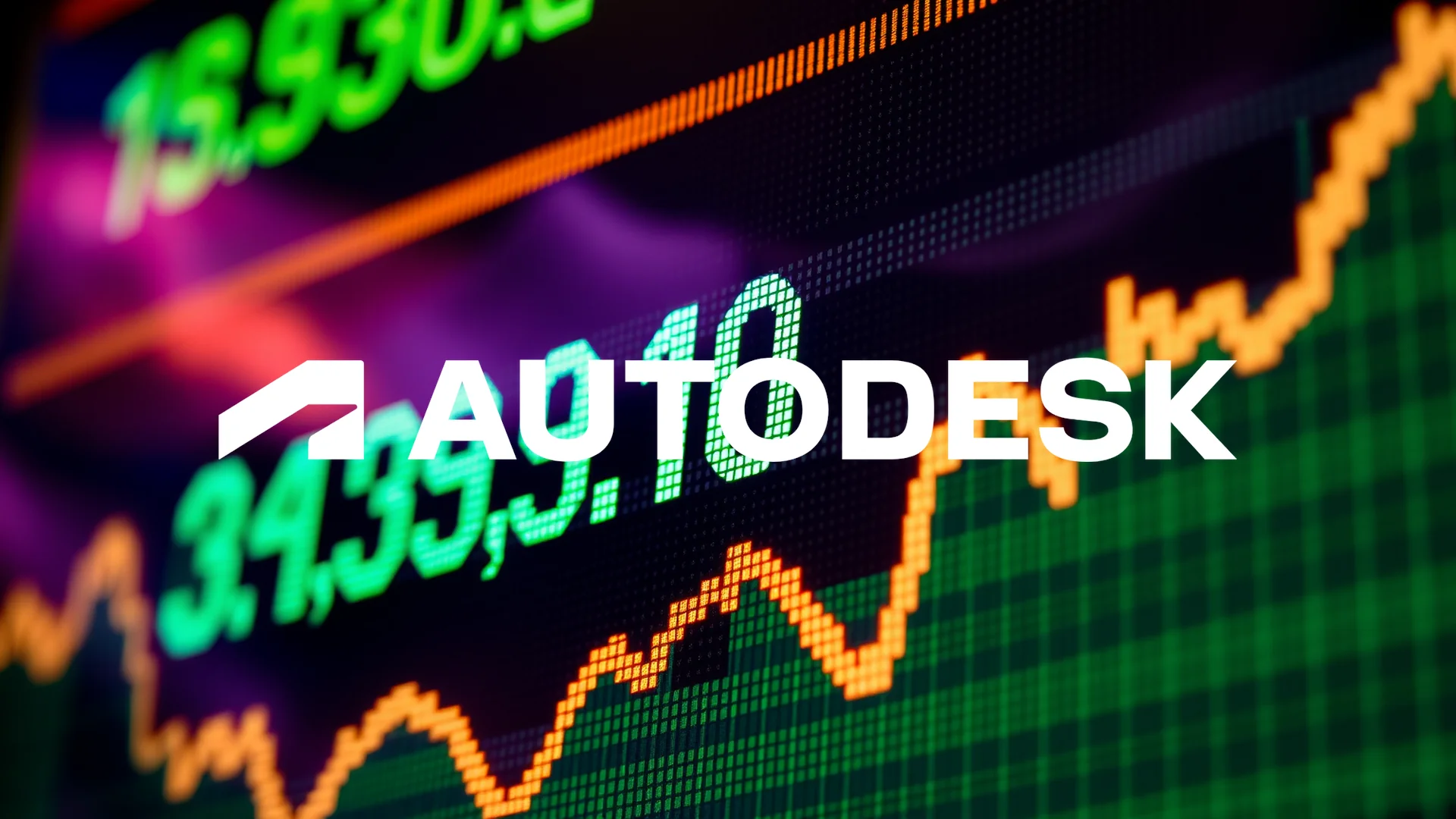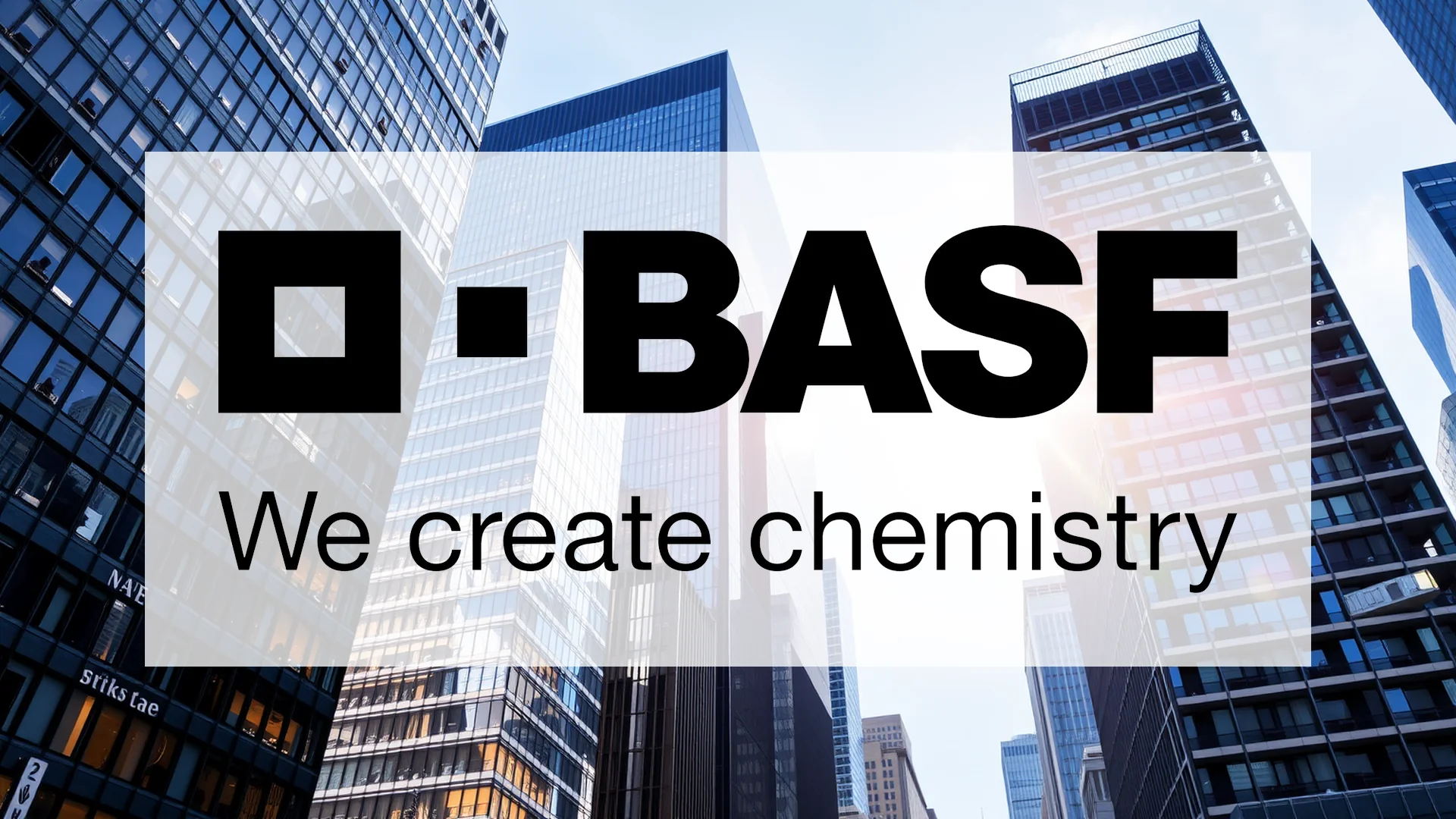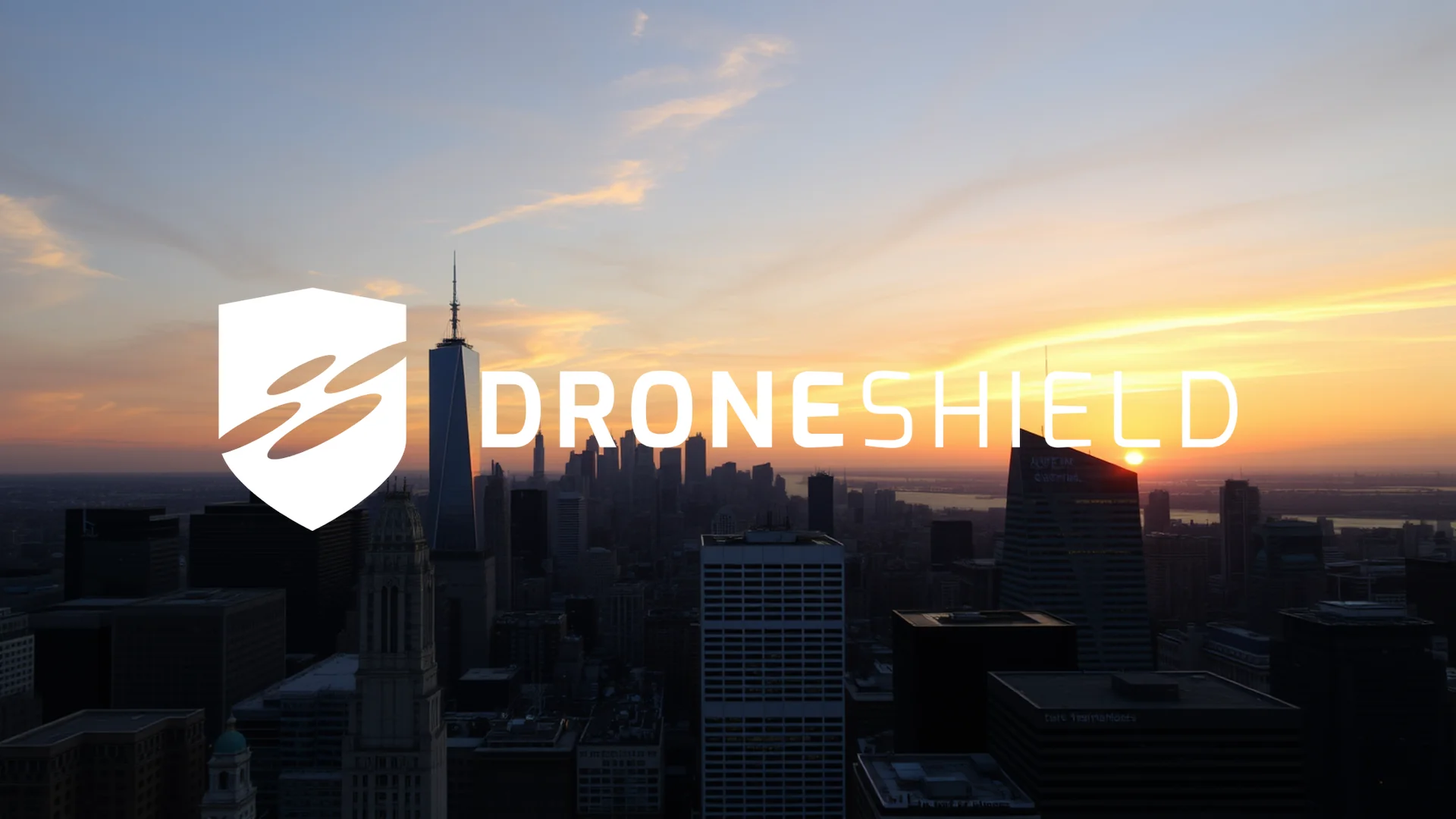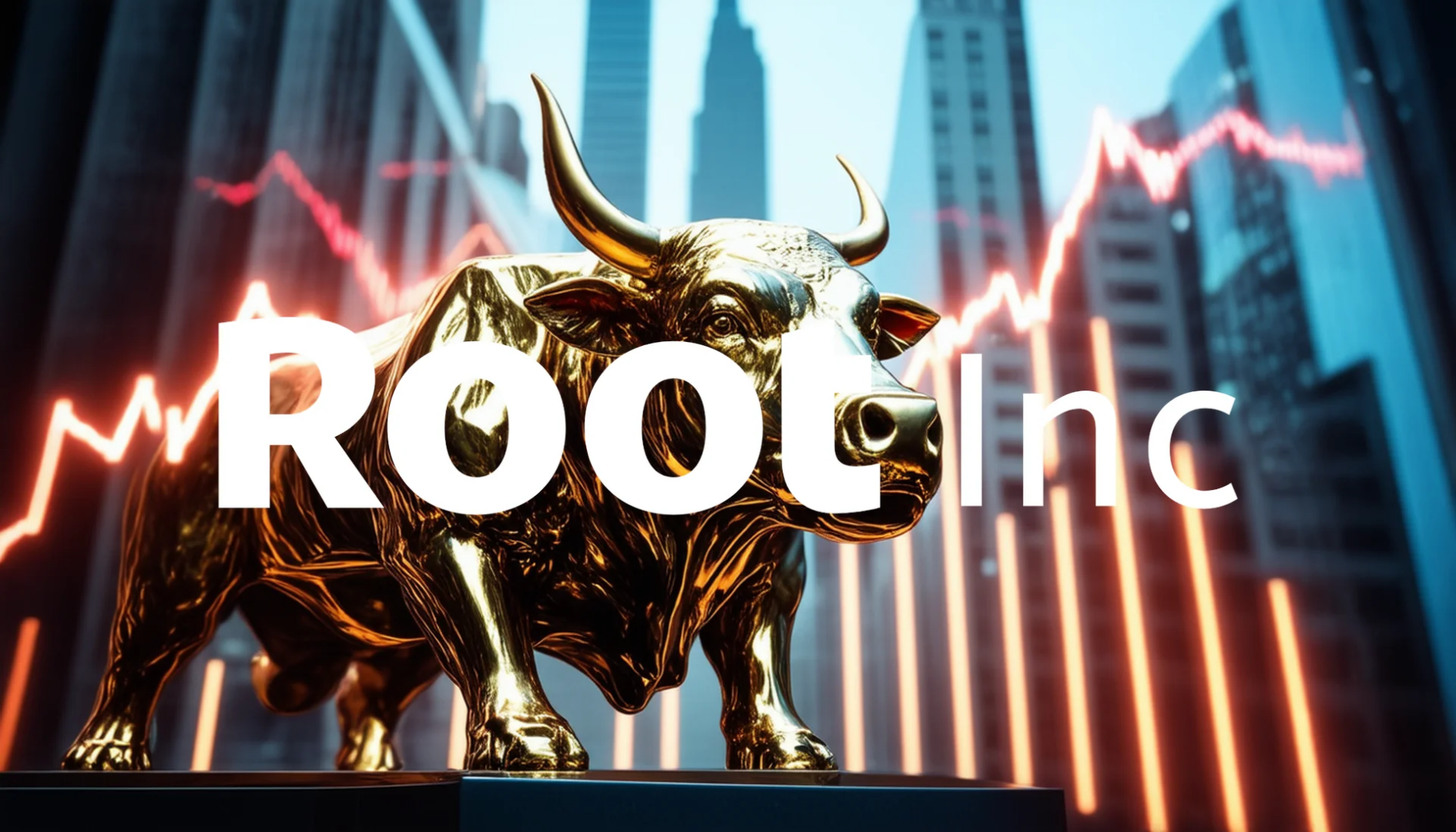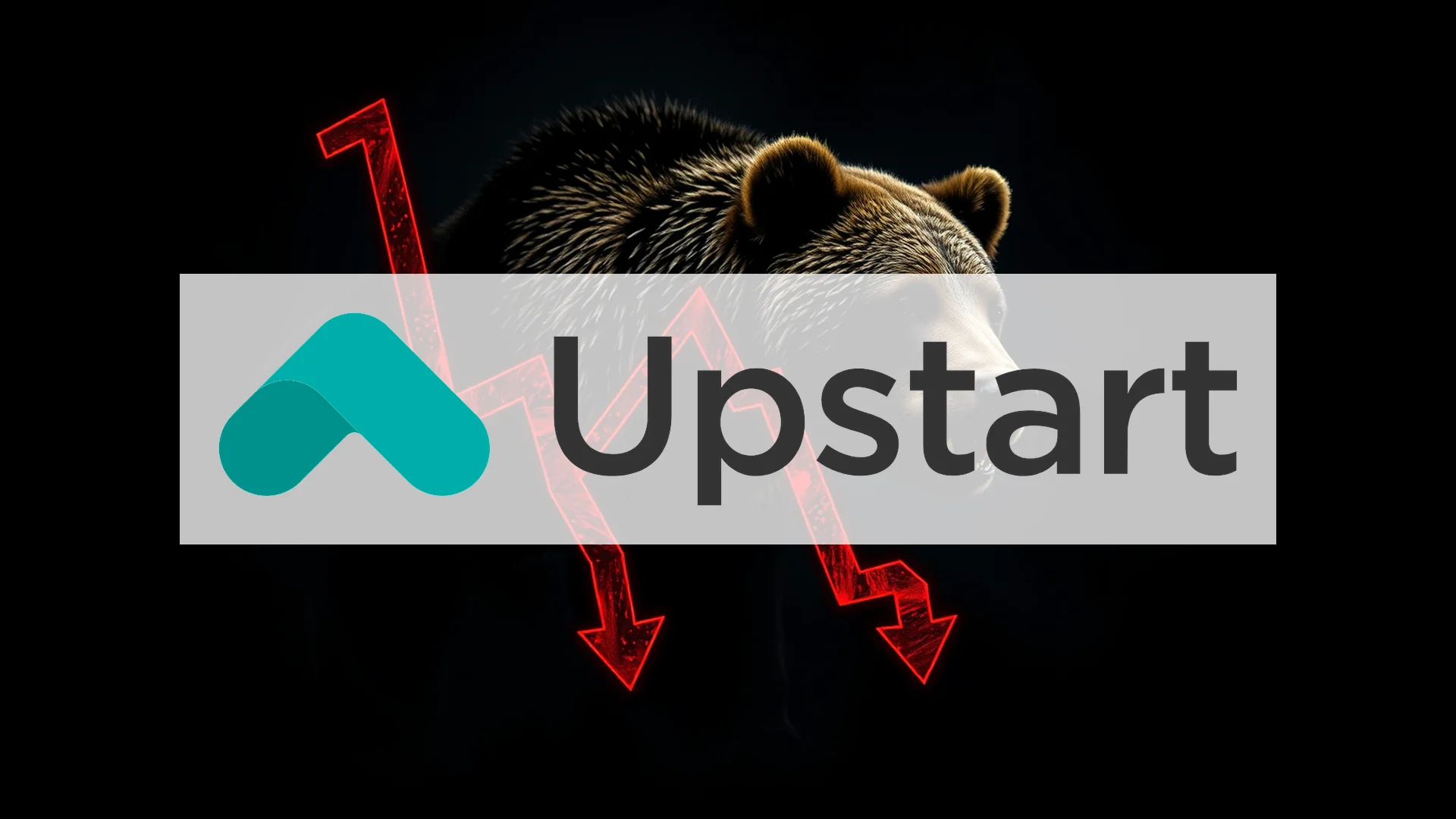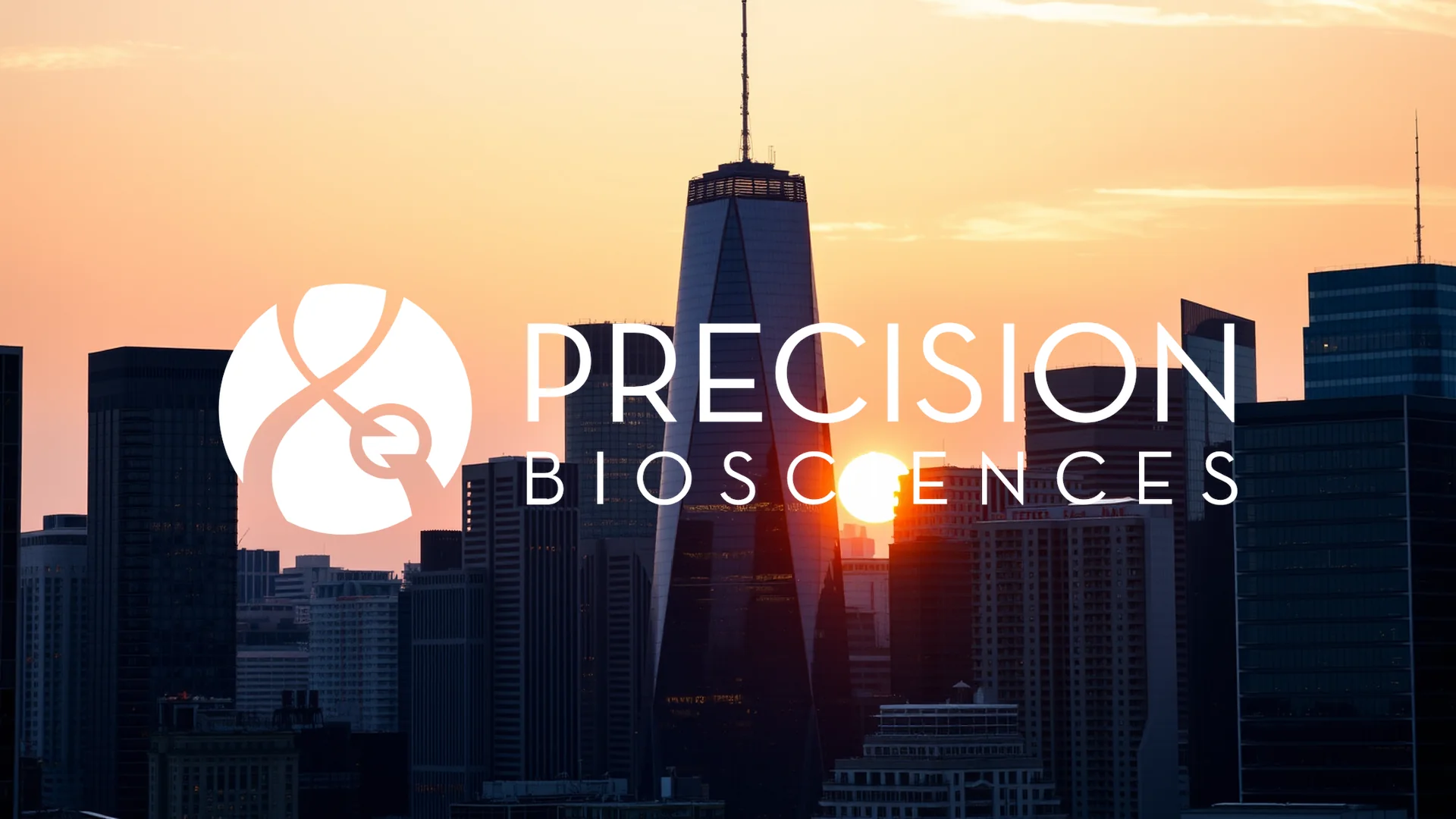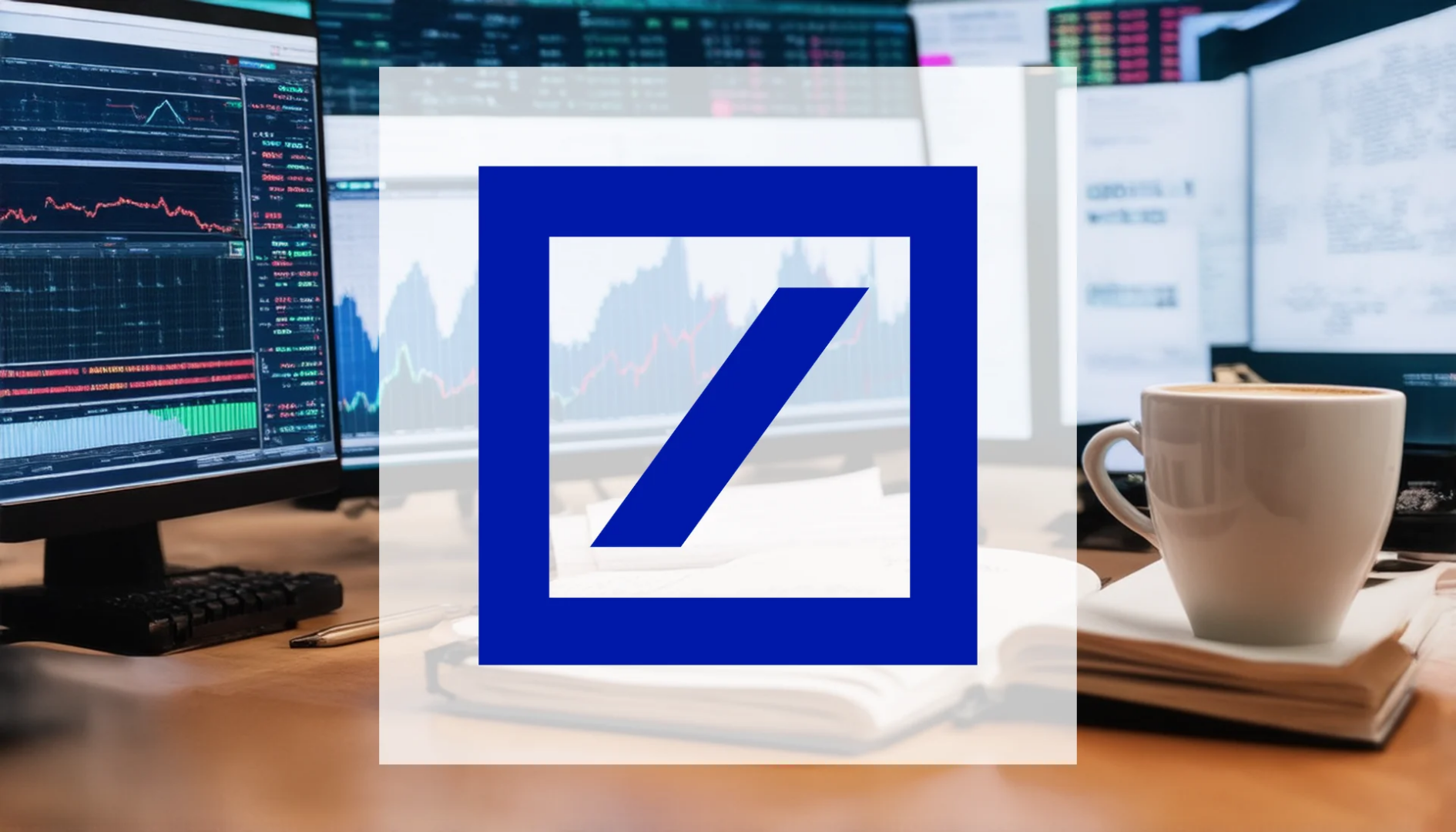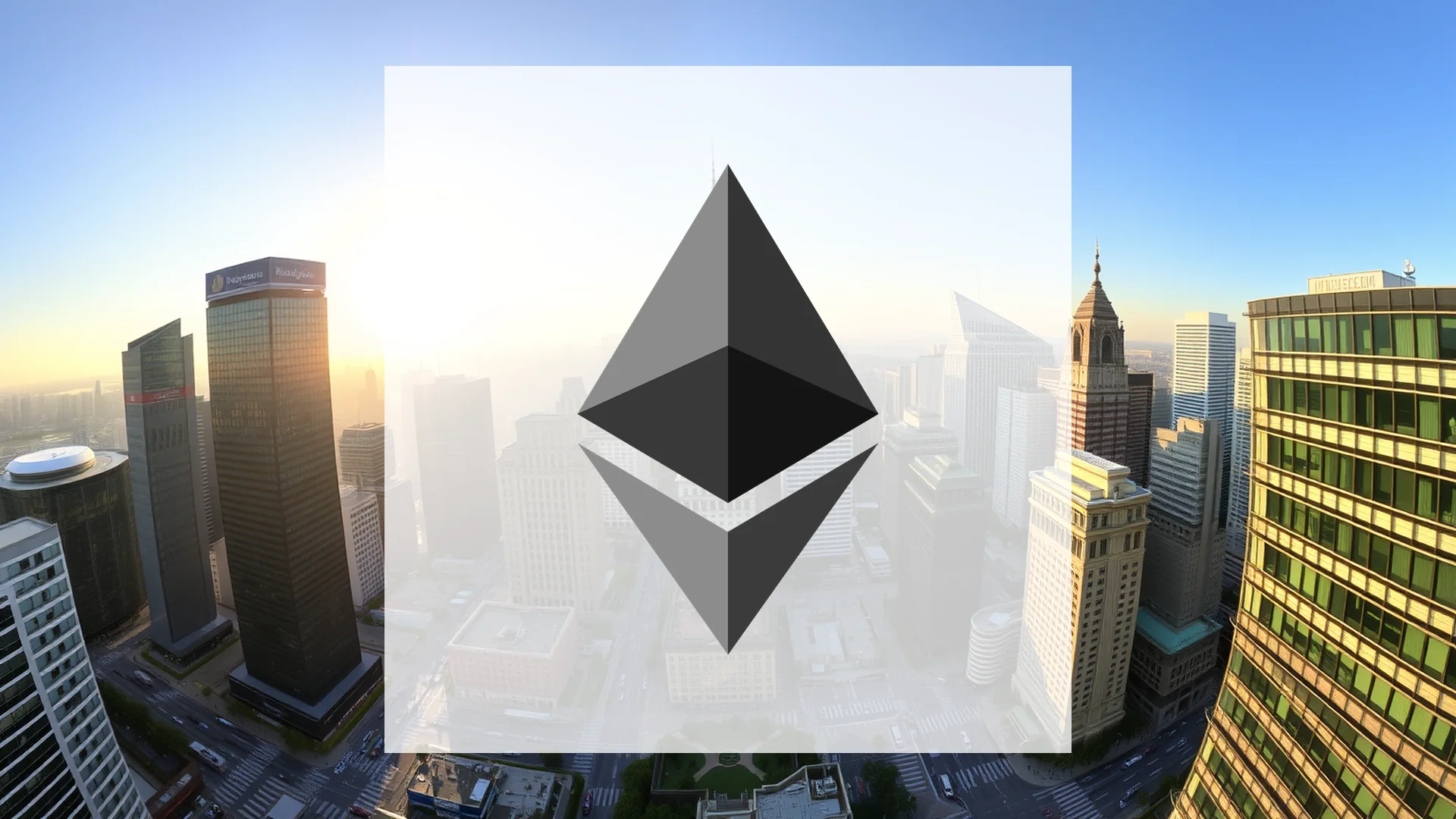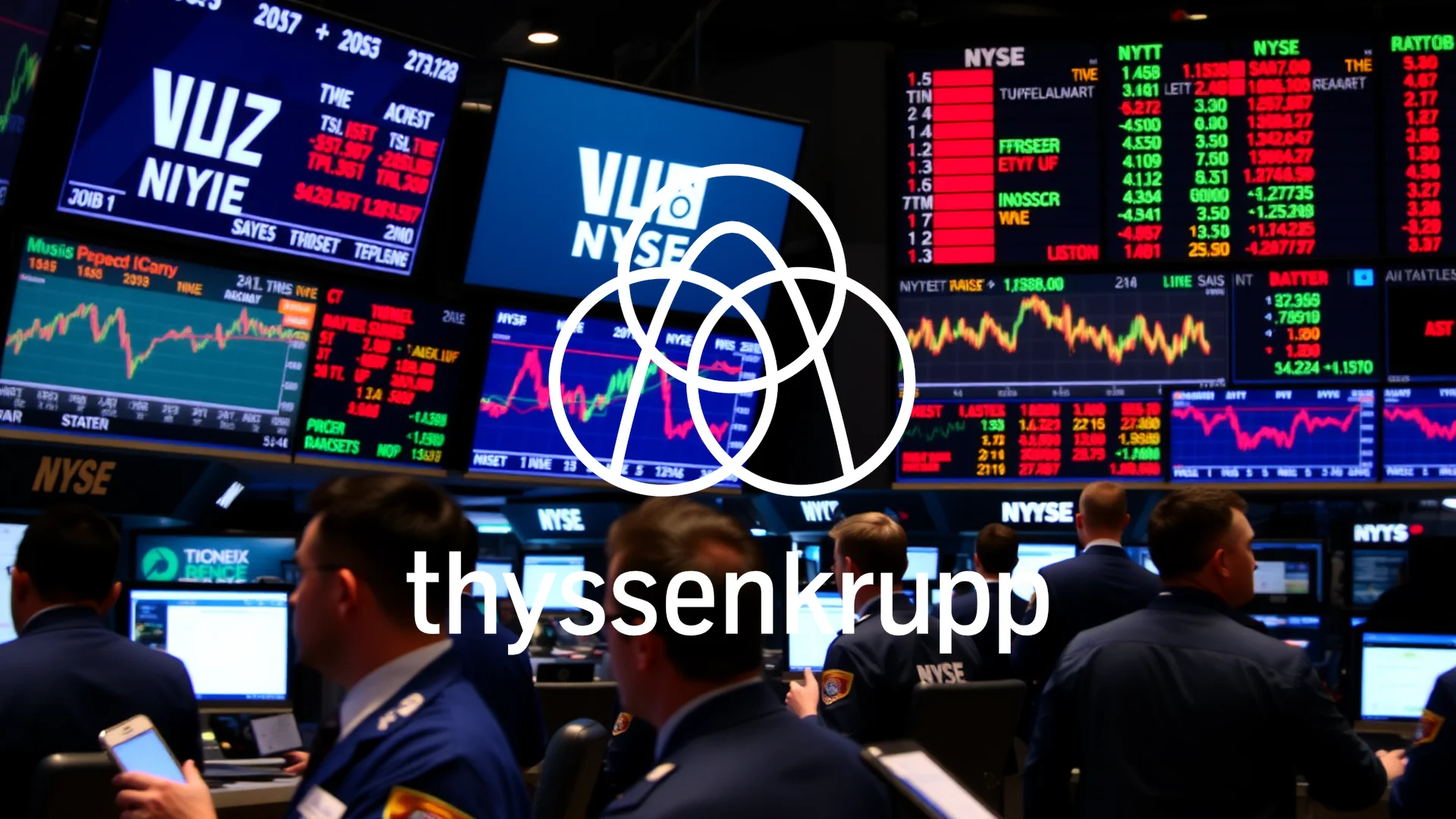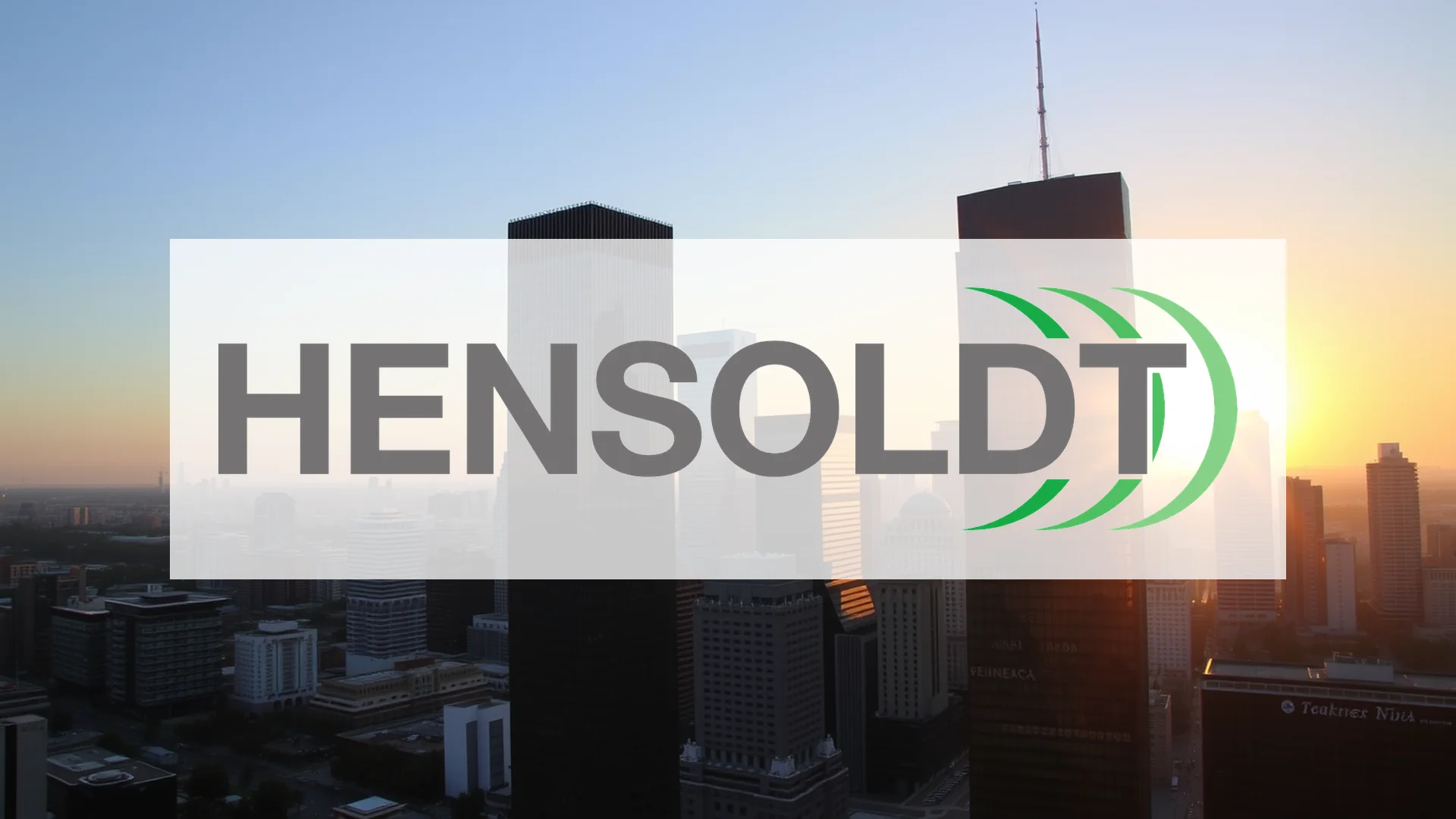The software giant Autodesk presents investors with a compelling dichotomy. While near-term market sentiment remains cautious, the company is aggressively advancing an ambitious artificial intelligence strategy while simultaneously rewarding shareholders through substantial stock repurchase initiatives. This creates a fascinating tension between immediate concerns and long-term transformation.
Financial Performance and Shareholder Returns
Current financial metrics demonstrate Autodesk’s operational strength. For fiscal year 2025, the company has raised its revenue projection to $6.13 billion, representing 11% growth. Third-quarter performance mirrored this trajectory, with sales increasing 11% to $1.57 billion, driven particularly by robust results in construction and manufacturing divisions.
More impressively, Autodesk generated $199 million in free cash flow and significantly expanded its share repurchase authorization by $5 billion. Further buybacks totaling $1.1 to $1.2 billion are planned for 2026, signaling strong confidence in the company’s valuation prospects despite current market hesitancy.
The AI Transformation Initiative
Behind the scenes, Autodesk is fundamentally repositioning itself for the future. During its Investor Day for fiscal year 2026, management unequivocally committed to an AI-first approach centered on interconnected cloud solutions and generative AI design capabilities. This strategic direction has earned recognition from investment bank Mizuho, which maintains an “Outperform” rating with a $375 price target.
Should investors sell immediately? Or is it worth buying Autodesk?
The company’s leadership expresses optimism about future profitability, despite not providing specific growth targets. Their AI-driven repositioning aims to unlock entirely new monetization opportunities across multiple industry segments, with an ambitious goal of achieving operating margins of 41% by 2029.
Valuation Considerations and Technical Positioning
Autodesk faces valuation challenges that investors must weigh against its growth potential. The current P/E ratio of 64.01 sits significantly above industry averages, though the forward P/E of 29.51 for 2026 suggests expectations of improving profitability.
From a technical perspective, the stock is currently trading in a consolidation pattern without clear directional momentum—a formation that often precedes significant price movements. Interestingly, quantitative models indicate an exceptional risk-reward ratio of 27.9:1, potentially creating attractive positioning opportunities for strategic investors.
The critical question remains: When will the company’s fundamental strength and AI strategy translate into sustained share price appreciation? This current equilibrium between short-term skepticism and long-term potential makes Autodesk one of the most compelling stories in the software sector, as markets await evidence that its strategic investments will deliver tangible returns.
Ad
Autodesk Stock: Buy or Sell?! New Autodesk Analysis from October 15 delivers the answer:
The latest Autodesk figures speak for themselves: Urgent action needed for Autodesk investors. Is it worth buying or should you sell? Find out what to do now in the current free analysis from October 15.
Autodesk: Buy or sell? Read more here...

